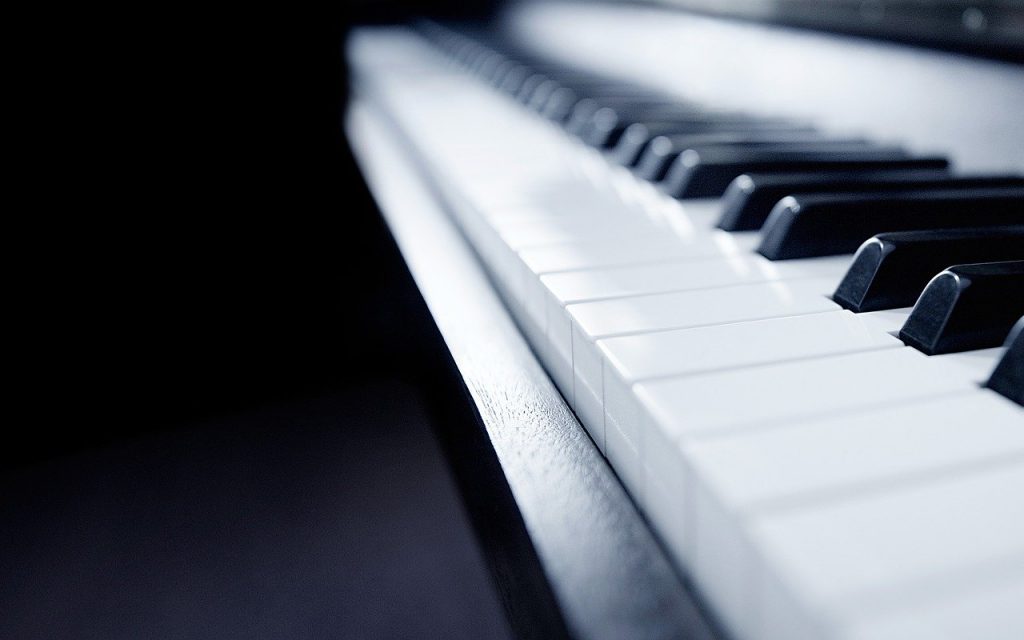History and Information
The piano (short for pianoforte) was derived from earlier keyboard instruments such as the harpsichord and the clavichord. A version of the modern piano was in use as early as the mid-18th century. The instrument we use today was perfected in the 19th century and has not changed much since then. The piano is relatively easy to learn, and is extremely versatile in almost every genre of music, including classical, pop, jazz, rock, and blues.
When to Start
Students can start piano lessons as young as age 4, depending on hand size and strength. Most instructors will incorporate reading music into their lessons, so students should have some basic reading and counting skills. It’s a great instrument for anyone just starting on their musical journey, from very small children (it makes them feel big!) to adults with little to no musical experience.
Getting a Piano
There are three kinds of pianos available: grand (or its little sister, baby grand), upright (also know as console), and electric. Since pianos are expensive and can take up a significant amount of space in your home, the electric/digital is a good option for first-time buyers. Make sure the model you purchase has touch-sensitive keys, which mimic the real thing! Some stores also offer rentals of uprights, if your child is very young or you cannot make a large financial commitment at this time. We can help you find a piano dealer near you! Please contact us, and be sure to include your location!
Books and Supplies
Your instructor can tell you which books and sheet music to get. Most books are available online. Piano is generally an all-in-one instrument, so no additional supplies are needed! We do offer tuning and repair services, if you need them. We can give you recommendations for places near you to purchase music and books if you prefer to do so in person. Please contact us, and again, remember to tell us where you live!
**Feel free to contact us with any questions you may have. We can help provide you with additional resources.**

